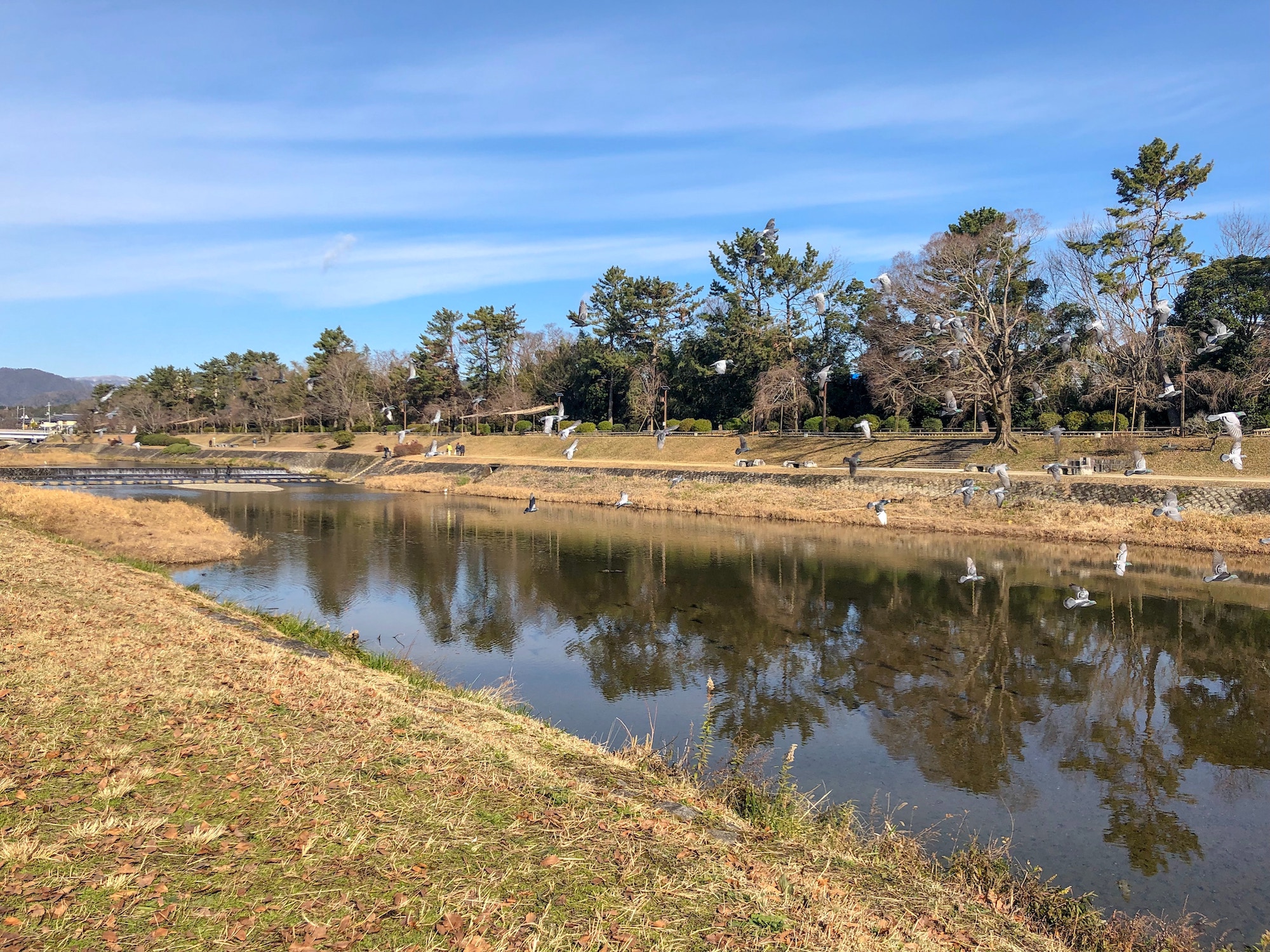
Biosecurity – Behind the Barriers: Lessons from Avian Influenza Outbreak
The sobering impacts of the current Avian Influenza outbreak in BC highlight the benefits of effective biosecurity. The losses suffered during the current problem easily justify the time spent on planning, implementation, modifying operations to minimize biosecurity risks, and the money spent on staff and biosecurity products.
Download PDF Version
No time to read this article now? We have a PDF version of this article available for download. Just fill out the form and we’ll send it to you.
When disease levels and losses are at their normal low rates, and there are many competing demands for available budget dollars, it is easy to question what’s really necessary for biosecurity. However, the Flu outbreak highlights the need to maintain your biosecurity barriers and, in addition, to work on contingencies behind those barriers.
The Avian Flu problem is not only close to home geographically, but also reflects many considerations and issues relevant to fish farms. There are lessons regarding biosecurity that we can observe and implement to refine our own programs.
The Avian Flu virus is a naturally occurring organism, likely most commonly found in wild ducks. The normal ecology of the virus is of little interest until the pathogen affects species of economic importance. This is strikingly similar to many of the common pathogens of farmed and wild fish.
The poultry industry, similar to fish farms, attempts to create barriers to contact between farmed species and wild species. The Flu outbreak suggests that even a significant level of physical separation of farmed and wild species cannot absolutely guarantee freedom from exposure to pathogens and subsequent infection and disease. Barriers must be established using physical separation, proper use of disinfectants and control of movements. Those barriers must be diligently maintained, assuming that there is always a challenge and a risk presented from outside.
A biosecurity program must establish those barriers, but must also recognize that they are not impermeable. The first backstop to preventing the introduction of pathogens is early identification of problems. Early in the Avian Flu outbreak, the farm’s veterinarian noticed an unusual pattern and the flock was isolated very quickly. Careful observation, experience and effective action are all part of a good biosecurity program that can minimize the effects of disease. Each individual has an important role in biosecurity. Vigilance by each individual is paramount to preventing and dealing with disease challenges.
Once a problem was identified, the affected groups of birds were isolated, more barriers were established and increased disinfection efforts were initiated. While further testing was conducted, movements of birds, people and equipment were further restricted. Again, the lesson is that all efforts to prevent exposure and infection are warranted, but if they fail, a good plan must be in place to limit the effects.
Biosecurity programs are not static. They must constantly adapt to meet current needs. The poultry industry has expanded their program rapidly as the Flu control zone has been widened and stock destruction has dictated movement of birds off of the farms. We’ve seen the pictures in the papers and on the news. Sprayers full of Virkon used on the barns and on trucks, protective clothing for workers to prevent infection or spread of the virus and destruction of birds infected or exposed to the virus. The biosecurity programs initially emphasized preventative actions, and then ramped up to an extra level when a problem arose.
Beyond the biosecurity programs and adapting plans and actions, contingency plans prove to be of great importance. The disposal methods and sites for the destroyed birds are an important part of limiting the effects of the Flu outbreak, and one that has aroused much public interest. In the terrible event of a significant disease outbreak on a fish farm, contingency planning for mort disposal is an important consideration.
Overall, the response to the Avian Flu outbreak by farmers, veterinarians, the Provincial government laboratories and staff, and the Federal Canadian Food Inspection Agency, has revealed a planned and coordinated response. From prevention and detection, adapting actions and contingencies, through to effective communication among parties and with the public, the process has been effective.
It is in this area of government response and coordination that we might recognize some limitations and some room for improvement in our larger scale biosecurity program. While individual fish farms and Provinces have established biosecurity programs, the Federal capability and capacity has been noted to be underdeveloped and remarkably underfunded. Our lack of a National Aquatic Animal Health Program has been an issue raised by veterinarians, industry and the Provinces for many years.
As yet, little effective action has been forthcoming from the Federal government. A situation like the Avian Flu outbreak would not be addressed as effectively by our Federal agencies if it involved wild or farmed fish.
